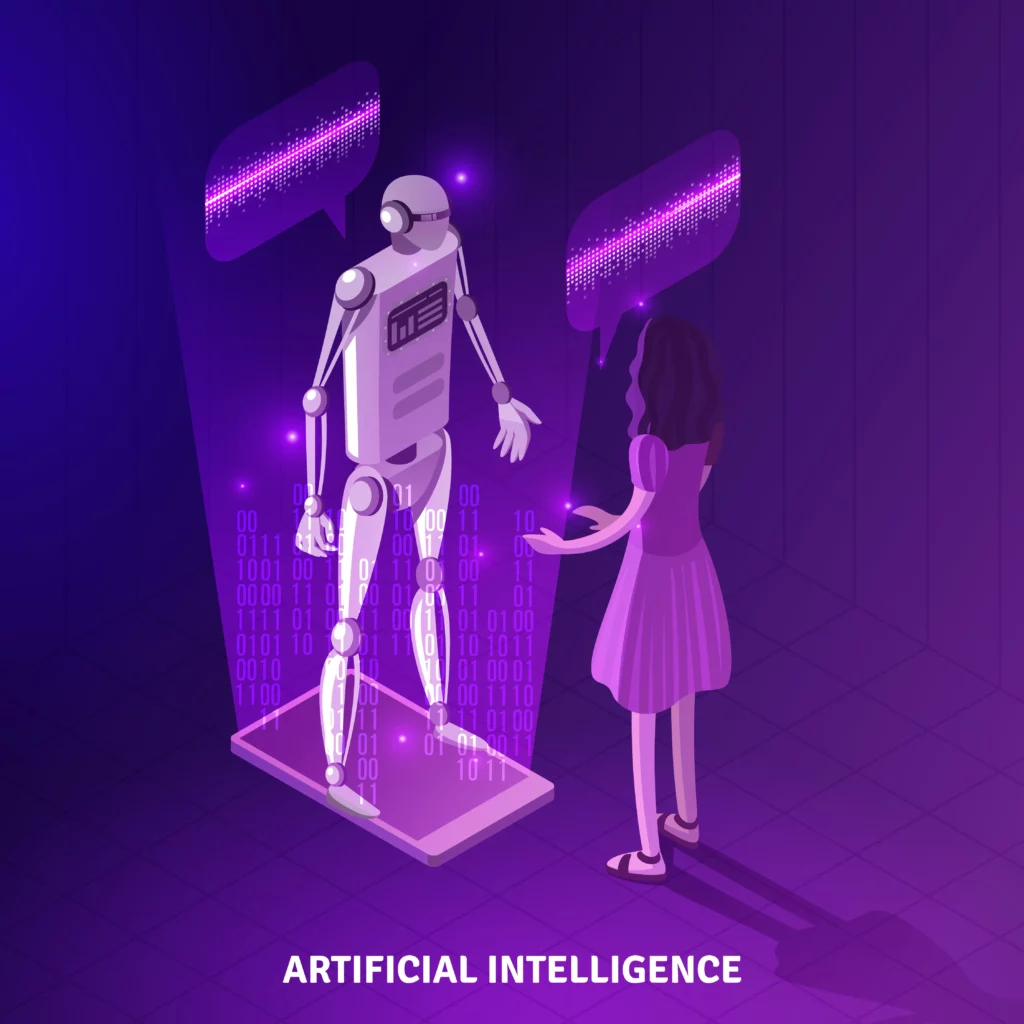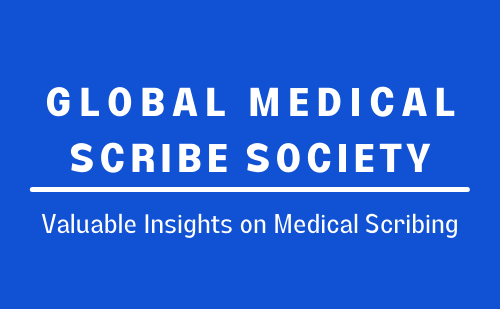
Introduction
Collaborating AI with humans can lead to a synergistic relationship, enhancing their respective abilities. One significant application of this partnership is seen in clinical documentation, where the combination of an AI scribe and a human scribe is paving the way for the future. Physicians frequently experience burnout due to excessive documentation tasks. To address this challenge, a hybrid medical scribing approach has emerged, wherein machine intelligence and highly trained virtual scribes work together. This collaborative effort automates a substantial portion of medical notes, resulting in more accurate and structured content. By leveraging AI’s speed and human scribes’ accuracy, this approach proves to be a promising solution to alleviate physician burdens and enhance overall efficiency.
Enhancing Medical Notes with Human-AI Collaboration
The hybrid scribing approach capitalizes on the strengths of artificial intelligence and human scribes to revolutionize medical documentation. While AI can automate note creation, it is only human scribes who possess the expertise to comprehend the intricacies and contexts of medical conversations. By combining cutting-edge AI scribe technology with professionally trained virtual medical scribes, this approach ensures real-time, accurate, and comprehensive notes, providing numerous benefits for both patients and healthcare providers. Let’s explore the advantages this collaborative system offers.
1. Addresses Physician Burnout:
Physician burnout is a pervasive issue resulting from the increased time burden associated with electronic health record (EHR) documentation tasks. The hybrid scribing system, with AI and human scribes, automates repetitive and time-consuming clinical documentation tasks, allowing physicians to focus more on patient care and less on administrative tasks.
2. Saves Time:
The use of an AI scribe in tandem with a human scribe can save physicians up to three hours a day on clinical documentation. Automating this process significantly reduces the time spent on EHRs, enabling physicians to dedicate more time to providing high-quality patient care, adding more patients to their schedule or getting home early for dinner with family.
3. Improves Patient Care:
With AI scribes handling routine documentation, physicians can better connect with patients and provide better quality care. The AI-powered documentation, supported by human scribes, ensures accurate and structured medical notes, freeing up physicians to focus on patient-centered care.
4. Saves cost:
The hybrid scribing approach offers an efficient and cost-effective solution. While AI scribes can generate initial drafts of clinical notes, human scribes quality check and fine-tune the documentation, producing high-quality, customized notes at cost-effective rates.
5. Enhances Work-Life Balance:
By automating clinical documentation at the point of care, physicians no longer need to spend after-hours or early mornings catching up on charts. This improved work-life balance allows physicians to avoid the stress of completing charts outside of regular clinic hours.
6. Strengthens Physician-Patient Relationships:
With AI-based clinical documentation in place, physicians can spend more time engaging with their patients on a personal level. This fosters stronger physician-patient relationships as physicians have more time to listen to their patients’ concerns and address their needs.
